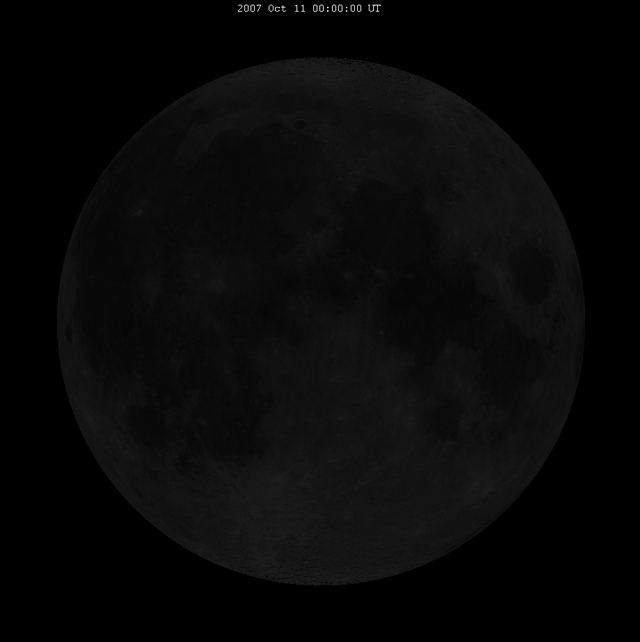Lunar Libration

How much of the Moon's surface can we see from Earth?
Over the course of a lunar cycle we can see more than 50% of the Moon's surface from Earth. This is because of a combination of effects which are known as "librations" of the Moon. If we view the face of the Moon over the course of its orbit in fast motion, it is as if the Moon is both nodding its head "yes" and shaking its head"no" at the same time. The lunar libration in latitude is due to the Moon's axis being slightly inclined relative to the Earth's axis. From our angle we can at one time peek over the north pole of the Moon, and then later in the lunar month we peek under the south pole. Over the entire four week cycle it gives the the effect of the Moon slowly "nodding its head yes." The diurnal (daily) libration of the Moon is due to the observer first viewing from the western edge of the Earth as the Moon is rising, and then later from up to four thousand miles away to the east as the Moon is setting. This is due to the rotation of the Earth. The difference in perspective between the rising and setting of the Moon appears as a slight turning of the Moon first to west and then to east, as though "shaking its head no." Libration of longitude is an effect of the Moon's varying rate of travel along its slightly elliptical orbit around the Earth. The Moon travels faster when it is at its closest to Earth, and its slowest when it is farthest away. Its rotation on its own axis is more regular, the difference appearing again as a slight east-west "no" oscillation. Although the Moon always presents us with the same face towards the Earth, due to its rotation and revolution being tidally locked to the same period, the combined effect of all these different librations allows us over time to see some 59% of the Moon's surface. |